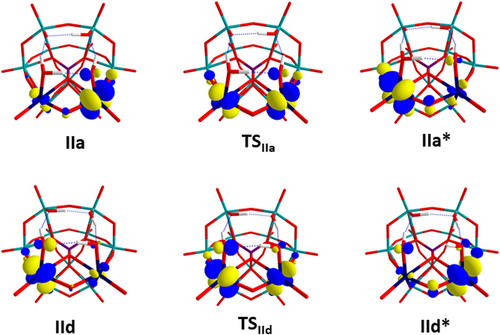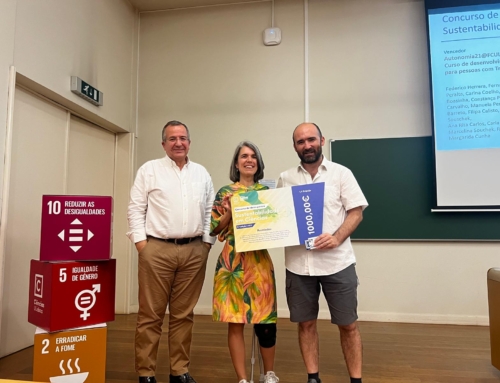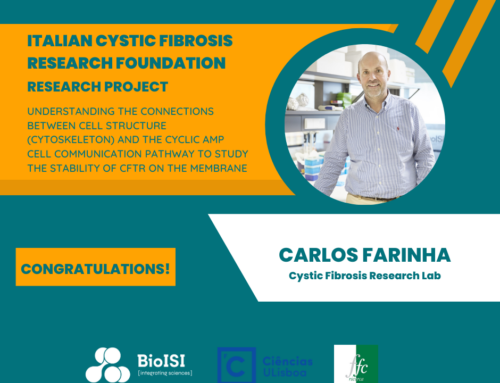Nuno A. G. Bandeira and Maria José Calhorda, researchers from BioISI at CIÊNCIAS ULisboa present us with a computational overview of electron transfer and the underlying physical mechanisms of a new polyoxometalate, a kind of molecular metal oxide, identified by Huizhang Liu, a postdoctoral researcher and now CEO of Jiangsu TOP New Materials Ltd.
Huizhang Liu was able to detect a new polyoxometalate, using Nuclear Magnetic Resonance (NMR). The choice of the chemical composition of the molecule – two molybdenum atoms plus nine tungsten atoms – allowed the electron to remain confined to a fragment containing the two molybdenum atoms, thus producing a successful quantification of the speed of one electron jumping from one to the other.
These results can help improve the understanding of how electrons move at molecular junctions in electronic devices, or in the transfer of electrons in biomolecules with the mediation of metallic species; they are published in the Journal of Chemical Physics, in an article titled “A lacunary tungstomolybdophosphate as an electronic pendulum: The ‘blue’ electron under examination“.




![Bio[r]SciDE – Science Days and Ephemeris | Rare Disease Day](https://bioisi-novo.campus.ciencias.ulisboa.pt/wp-content/uploads/sites/59/2024/03/Rare-Disease-Day-2024-feat-500x383.png)


